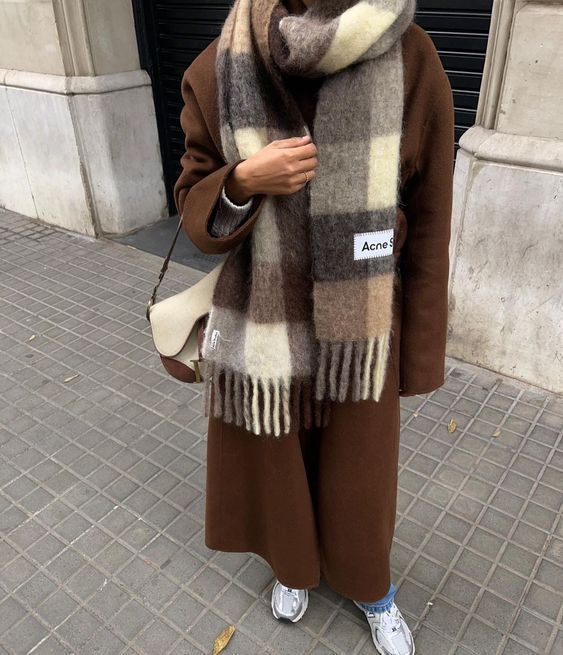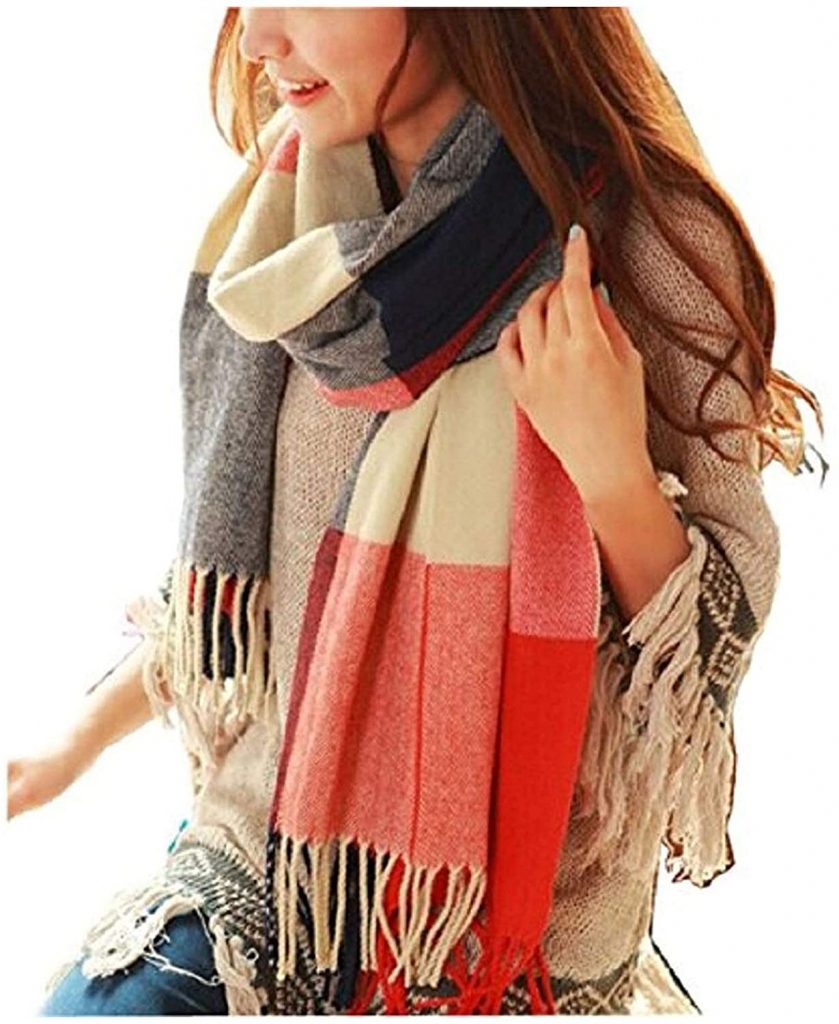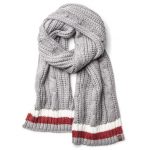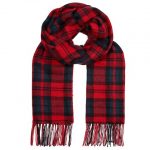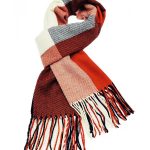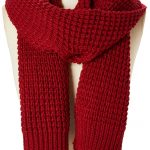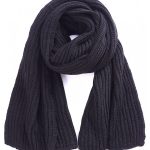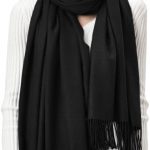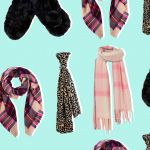Scarves have evolved from being a fashionable accessory to an essential winter wear item. But how did this versatile piece of fabric make its way into our wardrobes?
The history of the scarf dates back to ancient Rome, where it was worn by soldiers as a symbol of rank. They would tie it around their necks to distinguish themselves from other soldiers. The scarf also served a practical purpose, protecting the soldiers from the harsh climates they faced during battle.
In the 17th century, scarves became popular among Croatian mercenaries who wore a scarf known as a cravat. This fashion statement quickly caught on in France and England, where men began to wear silk scarves as a symbol of wealth and sophistication.
By the 19th century, scarves had become a staple accessory for both men and women. In France, women began wearing silk scarves around their necks to add a touch of elegance to their outfits. In England, scarves were used to keep warm during the chilly winter months.
As the years passed, scarves evolved into different styles and materials. Wool scarves became popular for their warmth and versatility, while silk scarves were worn for their luxurious feel and vibrant colors. The invention of the knitting machine in the 19th century also led to the production of knitted scarves, which were more affordable and accessible to the masses.
Today, scarves are considered a wardrobe essential during the winter months. They not only keep us warm but also add a pop of color and style to our outfits. From chunky knit scarves to lightweight silk scarves, there are endless options to choose from to suit every taste and style.
In conclusion, the evolution of the scarf from a fashion statement to essential winter wear is a testament to its versatility and timeless appeal. Whether you prefer a classic wool scarf or a trendy infinity scarf, there is no denying the importance of this humble accessory in our winter wardrobes.
 thefashiontamer.com Fashion Inspirations
thefashiontamer.com Fashion Inspirations

